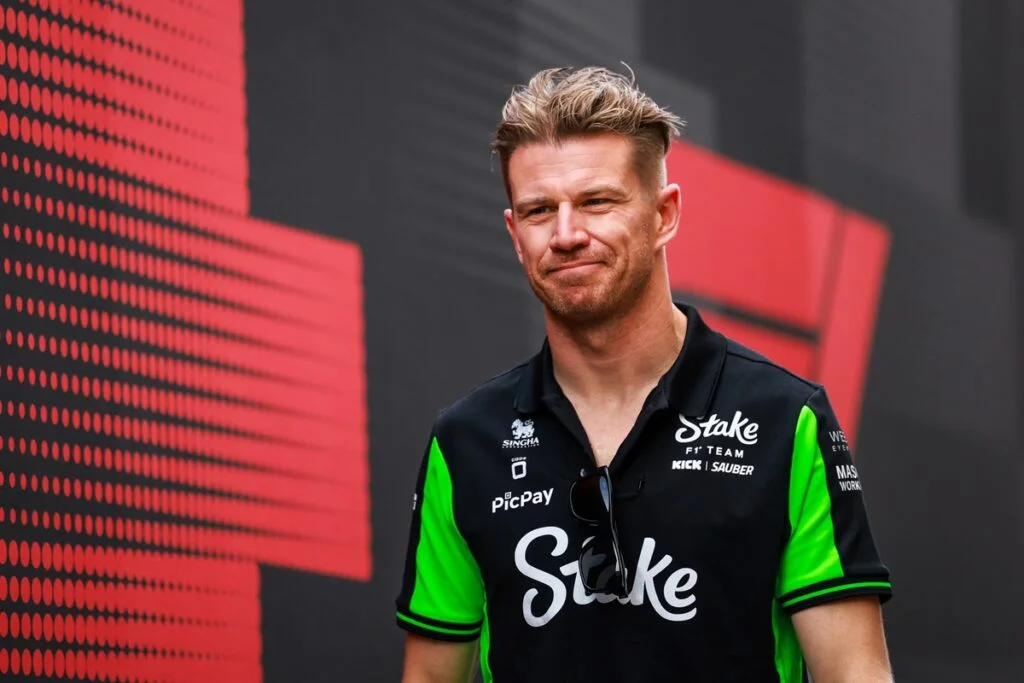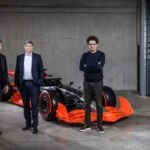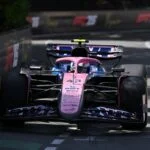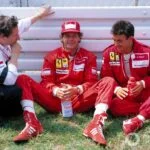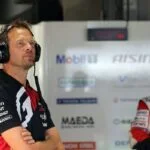The Game Changer: The Two-Stop Minimum Rule for the Monaco Grand Prix
Welcome to a new era of racing! The introduction of a two-stop minimum rule for the iconic Monaco Grand Prix has sent ripples through the Formula 1 community. While it may seem like an unusual move, this strategy twist could significantly alter the course of the race, potentially impacting both drivers and teams in unpredictable ways.
The Uncharted Territory of Two-Stop Racing
The two-stop rule is a bold experiment, with its consequences yet to be fully understood. It could lead to catastrophic results for some racers, or it might prove to be inconsequential. For the sake of clarity, this rule does not necessitate the use of the C6 tyre; instead, drivers can choose their pit stop strategy based on how the race unfolds.
The strategies employed will vary significantly across the field. Front-runners will likely be more cautious due to the higher stakes, while those at the rear may opt for an early pit stop and hope for clear track ahead. However, if all drivers in the second half of the field decide to pit early, the race could become a series of smaller parades, with the top ten cars simply shifting positions slightly.
The Impact of Interruptions on Strategy
What happens if there’s a safety car, or a Virtual Safety Car (VSC), or some other event that disrupts the strategy? There are countless potential scenarios here, and race teams will need to be prepared for anything. Strategists will be challenged to adapt their strategies around Monaco’s notorious track position power.
Think of it as a two-stop debt – when and how do you pay off this obligation? Nico Hulkenberg summed it up perfectly, stating that the race will depend on where drivers start and where they are after the first lap. Drivers in the bottom half may feel more empowered to pit early, but they must also react to the moves of their competitors.
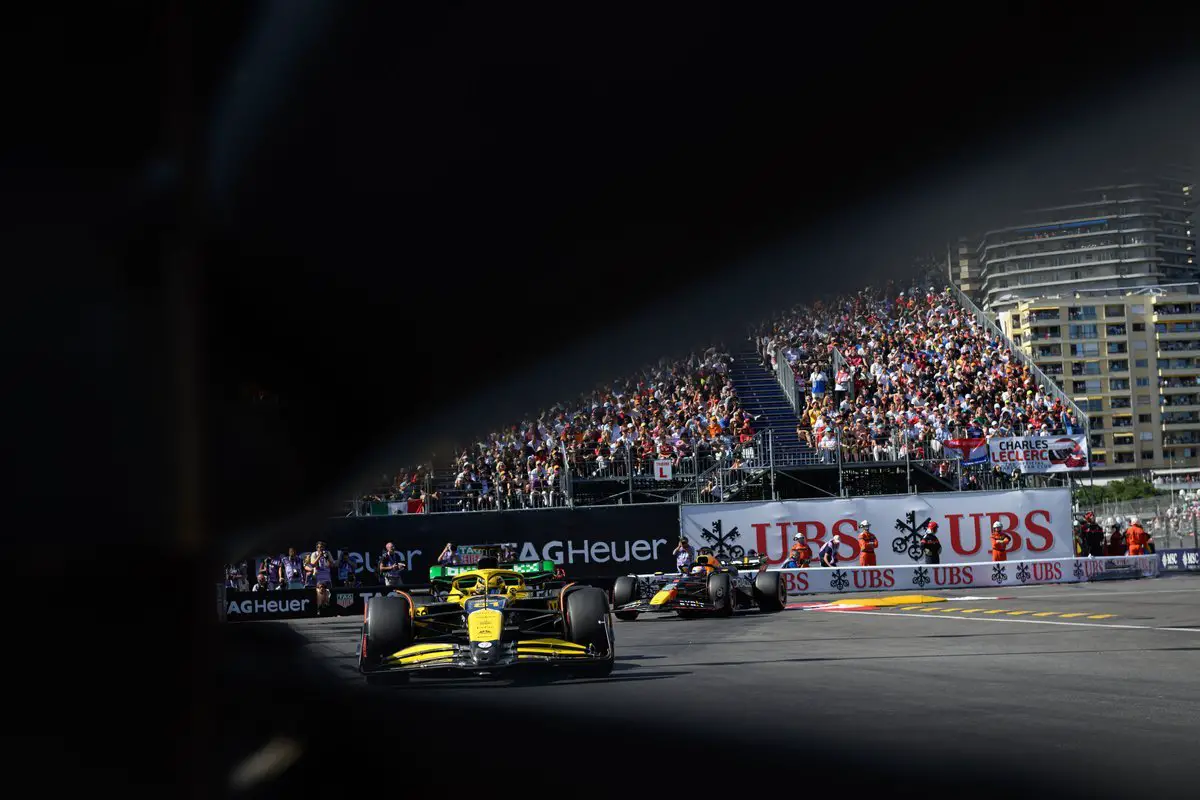
Strategic Shifts for Front-Runners
The dynamic changes for front-runners. A driver in second place might attempt an undercut if they believe they have faster pace, while the leader could opt for an early stop to gain a strategic advantage. However, Oscar Piastri still believes that pole position will retain its advantage, allowing the driver who qualifies on the front row more leeway to make a difference.
While this rule may not increase overtaking, it will likely lead to a more complex race result. Drivers can choose to run 10 seconds slower if they wish, but this strategy makes things very difficult due to the increased risk involved. Regardless, Lewis Hamilton is excited about the change, stating that it offers something new and interesting.
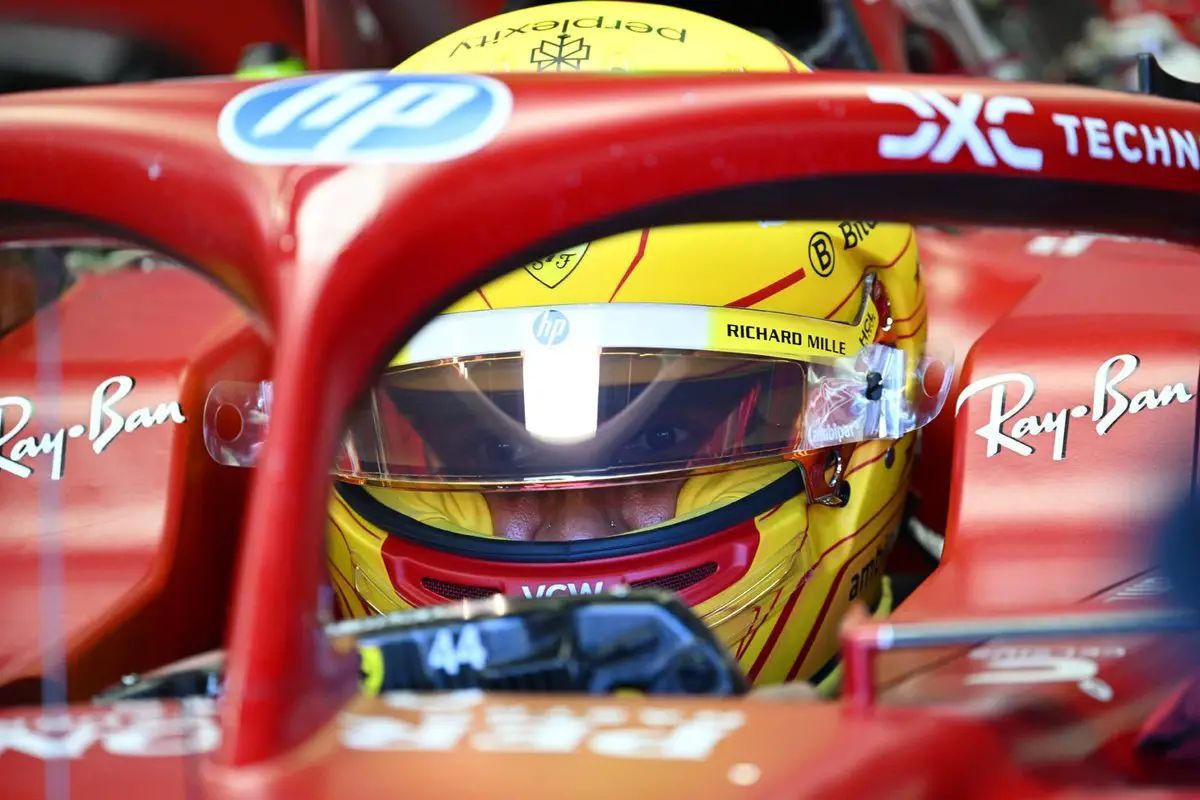
The Influence of Safety Cars and VSCs
Safety cars and VSCs can significantly disrupt results and offer strategic opportunities for teams. However, this year’s race might be more intriguing if it remains safety-car free. After all, everyone will pit if there’s a safety car – removing one of the opportunities for a rear-guard team to make a daring strategic move.
Esteban Ocon, who may benefit from unconventional strategies like those employed by Haas, explained that this change creates uncertainty and different scenarios, making the race more interesting. Monaco is already complicated enough – now, strategy will play an even greater role in determining the outcome.
In conclusion, the 2023 Monaco Grand Prix promises to be a thrilling event, with drivers and teams facing new challenges as they adapt to the two-stop rule. Regardless of the outcome, one thing is certain – we’re in for an exciting ride! Additional reporting by Oleg Karpov, Mark Mann-BryansPhotos from Monaco GP – Thursday

